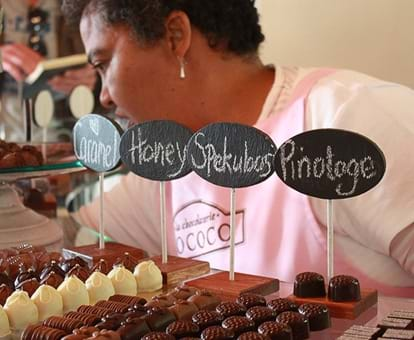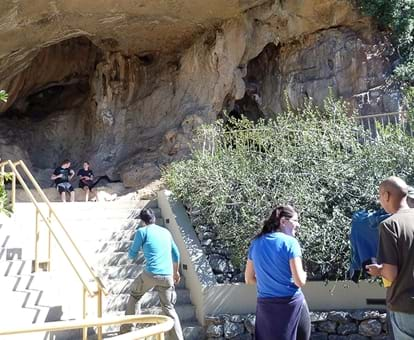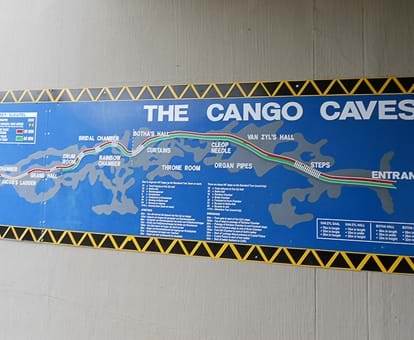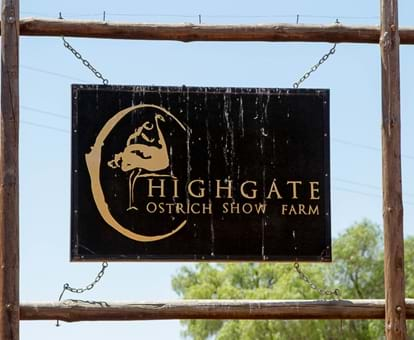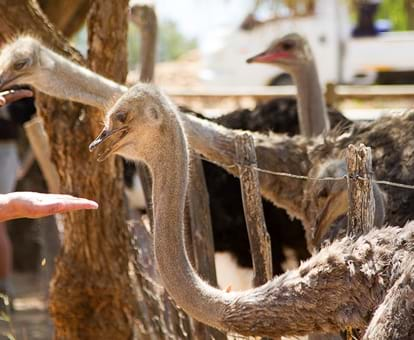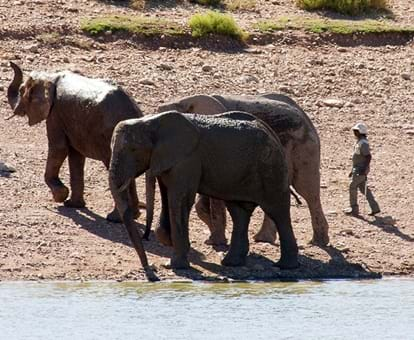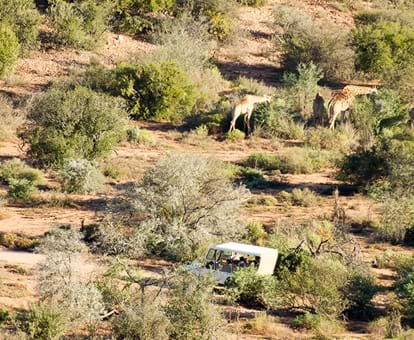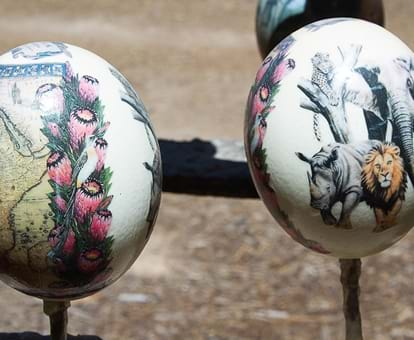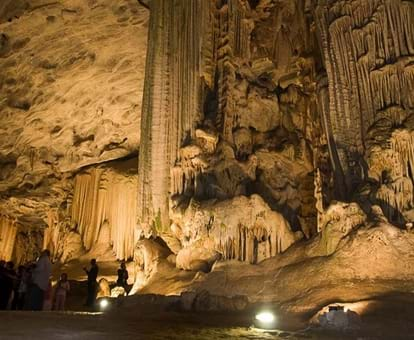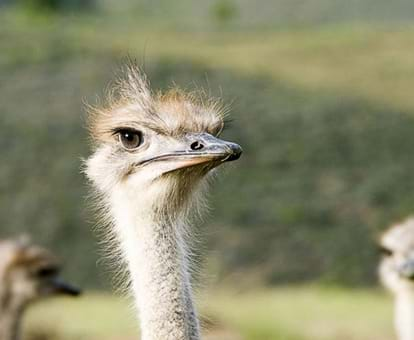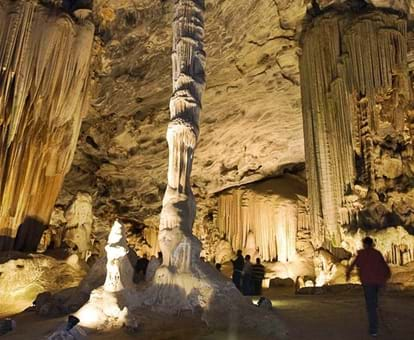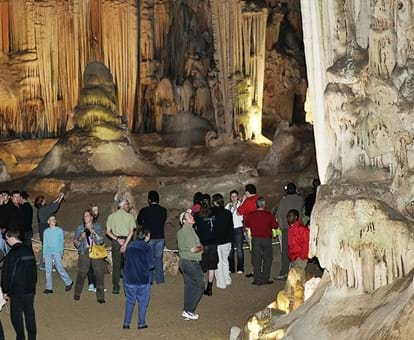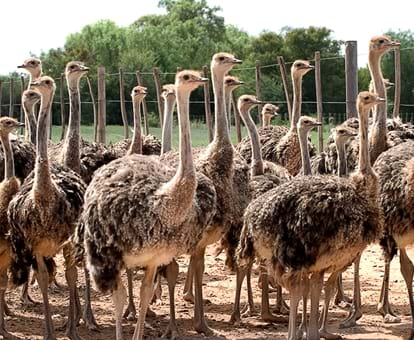By creating an account, I agree to the
Terms of service and Privacy policy
Choose your country and language:
Africa
Americas
Asia Pacific
Europe
IInland from the Cape’s famous Garden Route, over breathtakingly beautiful mountain passes, magnificent red rocks and the wide open spaces of the Klein Karoo, you’ll find Oudtshoorn – once known internationally as the ostrich capital of the world. Royalty, emperors, maharajahs and high society once adorned themselves with the world’s finest feathers.
Most visitors to South Africa have heard of the Cape’s famous Garden Route, but many are unaware of the Klein Karoo – the vast area of striking, beautiful semi-desert that stretches inland beyond the spectacular Outeniqua Mountain Pass from George.
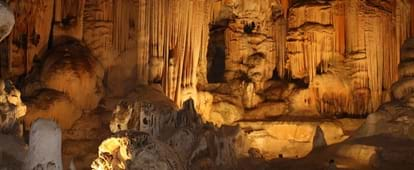
IIn the heart of the Klein Karoo is its attractive capital town of Oudtshoorn, once the ostrich centre of the world. Today, this town enjoys a reputation as a tourist centre for a variety of reasons. Within 30km of the town, there are several interesting attractions, including the world-famous Cango Caves, one of the world's leading show caves (be sure to book ahead for a tour).
Also within a 35km drive of Oudtshoorn is the historical village of De Rust at the foot of the Swartberg Mountains, with a beautiful tree-lined main road, featuring many 19th-century buildings. For those who enjoy road-tripping, there are two scenic drives also within easy distance of Oudtshoorn.
FForemost among these is the Swartberg Pass, with its switchback twists and turns, and dramatic mountain views en route to the town of Prince Albert. This famous pass was the last to be built by the respected 19th-century road engineer, Thomas Bain, and is regarded as his finest work.
The other route between the Klein Karoo and the Great Karoo is via the 25km Meiringspoort, a road that weaves its way through the steep-walled, sandstone layers of the Cape Fold Mountains, crossing the Groot River, whose path it tracks, 25 times.
The Klein Karoo
OOudtshoorn's other claim to fame is that once a year it is the centre of the largest Afrikaans language arts festival in the country, known as the KKNK (Klein Karoo Nasionale Kunstefees), usually held around Easter when actors, artists, musicians and poets descend on the town to celebrate this unique language.
As for the ostriches that made the town of Oudtshoorn famous, here's the potted history. In the late 1800s, ostrich feathers were the height of fashion (literally), sought by royalty, maharajahs, emperors, fashionistas and costume-makers all over the world.
GGorgeous gowns, cloaks and hats (marvel at them in the beautiful sandstone buildings of the CP Nel Museum in the town centre – a provincial heritage site), decorated or made from ostrich feathers, were once the most highly sought-after fashion items. A pair of really fine ostrich feathers could fetch as much as £1000 – a fortune back then. “Feather Palaces” were built in and around Oudtshoorn and ostriches pulled Santa’s sleigh at Christmas time.
But fortunes rise and fall and the fine feathers fell out of fashion. Some attributed this to the advent of motorcars, whose roofs were too low to accommodate the sweeping plumes; others to war and recession. Kobus and Elmaré Potgieter live and farm some 30km outside of Oudtshoorn. Their farm, Rietfontein, has been in the family for five generations. “It’s a hard life,” says Kobus, “but there are cycles – feathers, meat, and skin – and somehow we survive.”
Today, ostriches are farmed for their low-cholesterol meat, which is both delicious and healthy, and ostrich skin is still prized for fashion items.
Related articles
South Africa on social media



